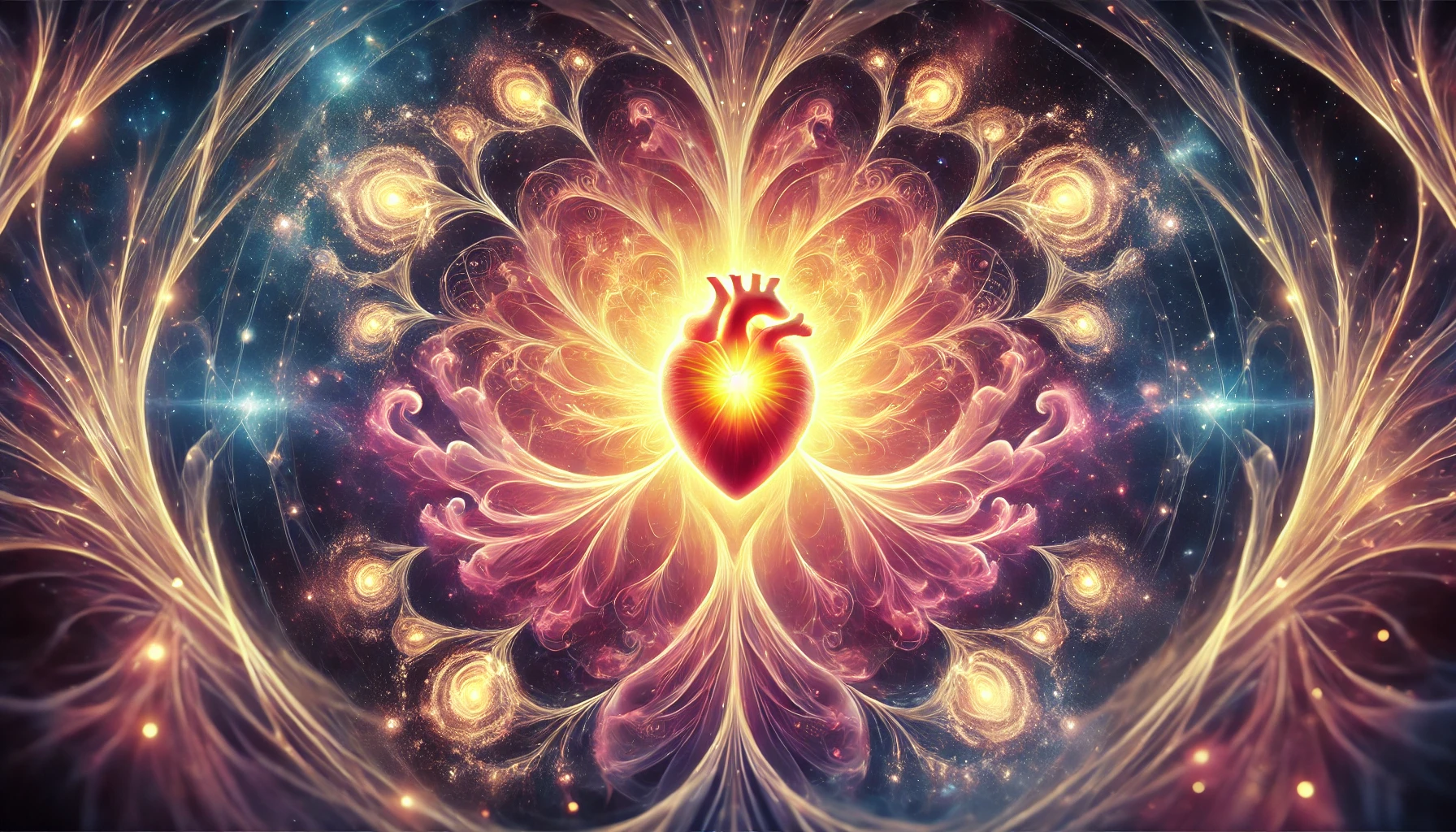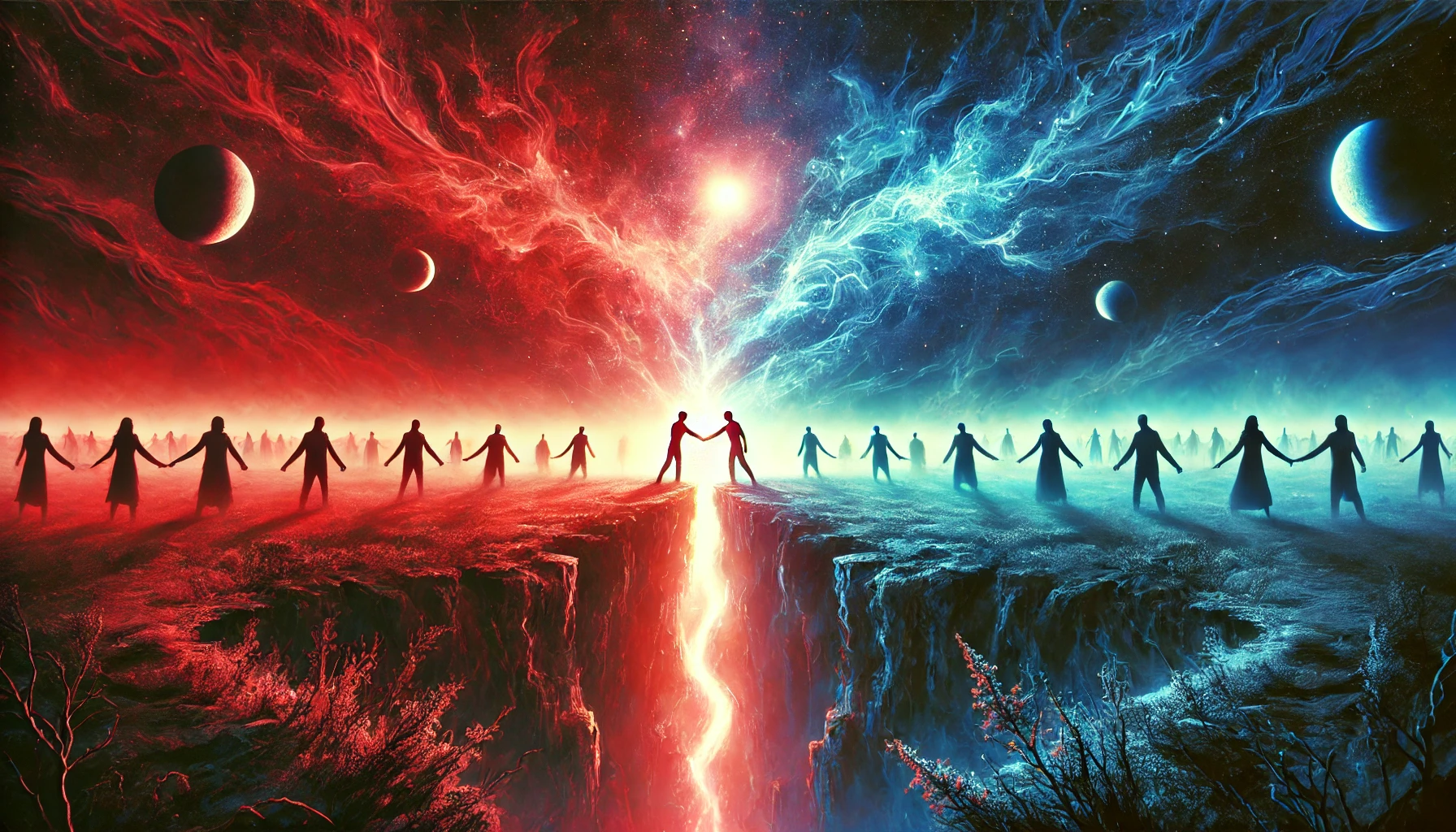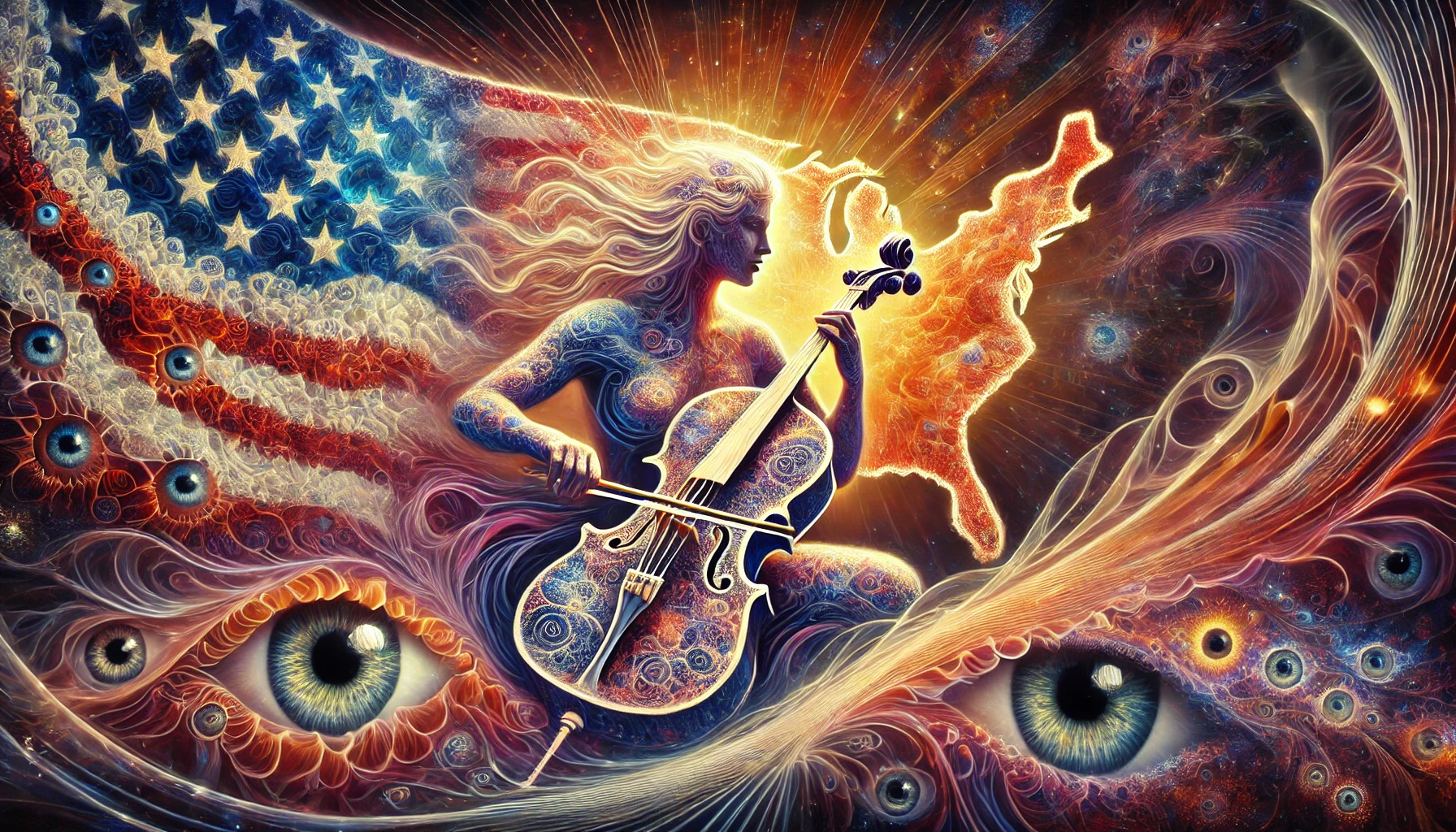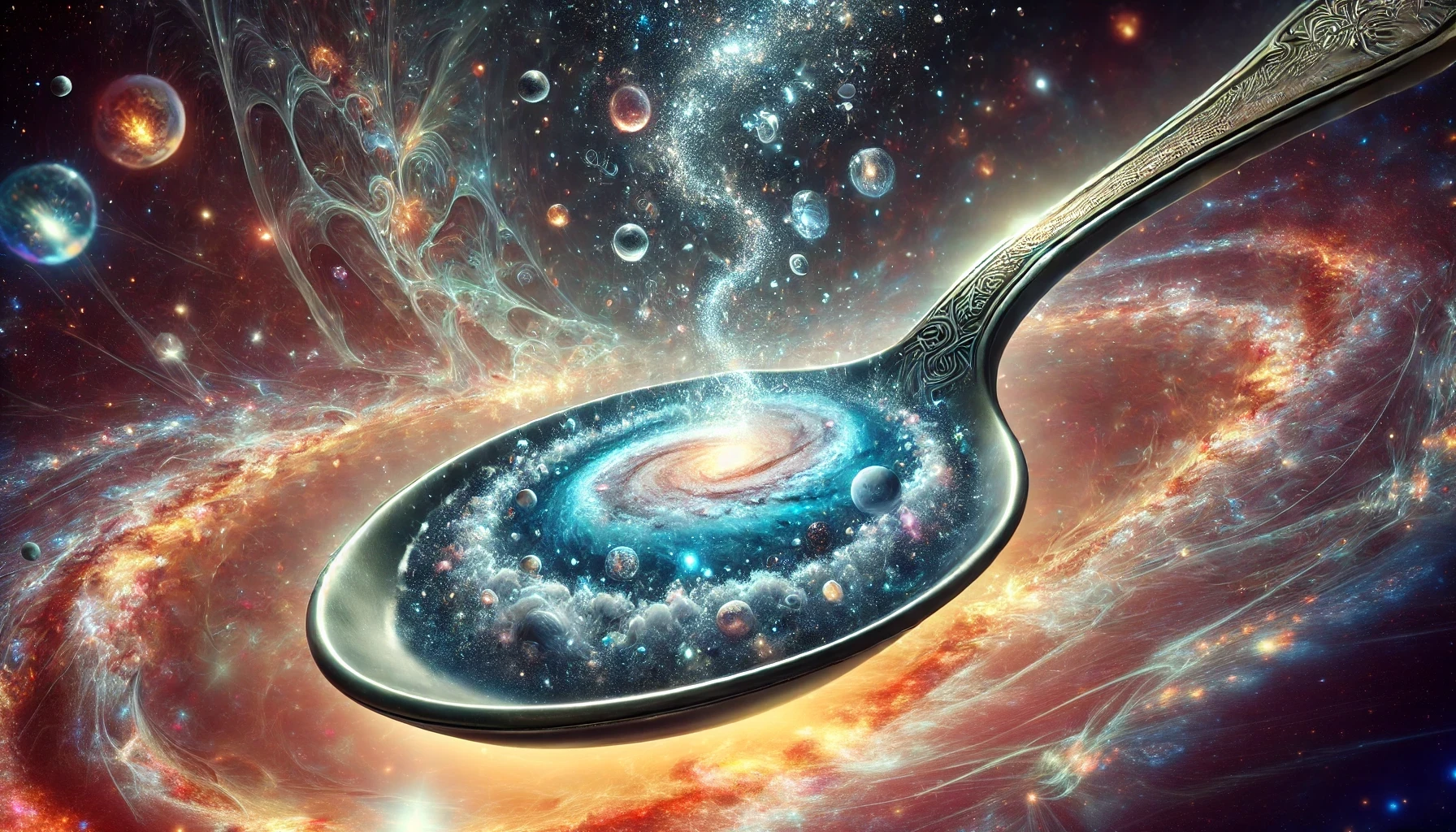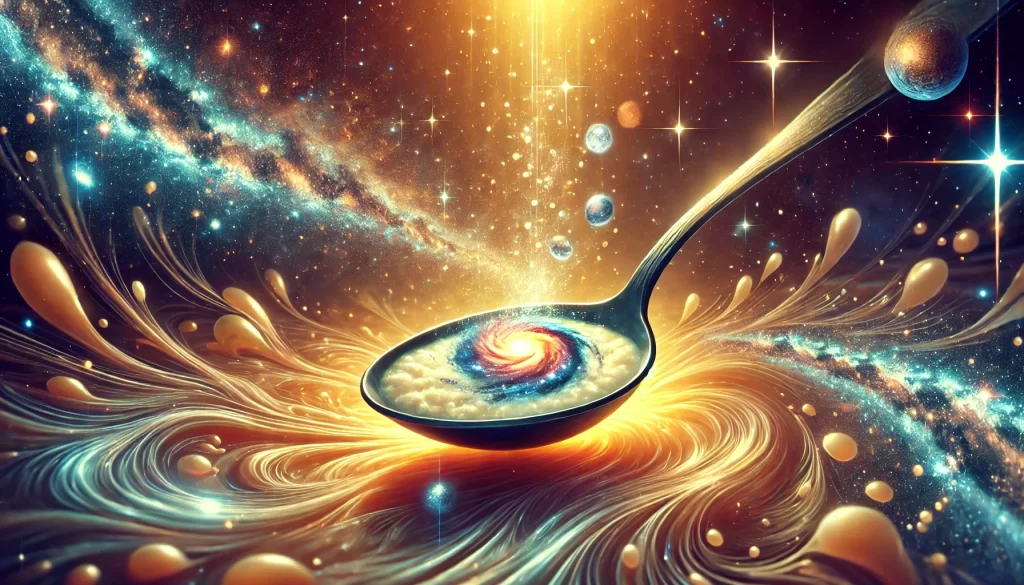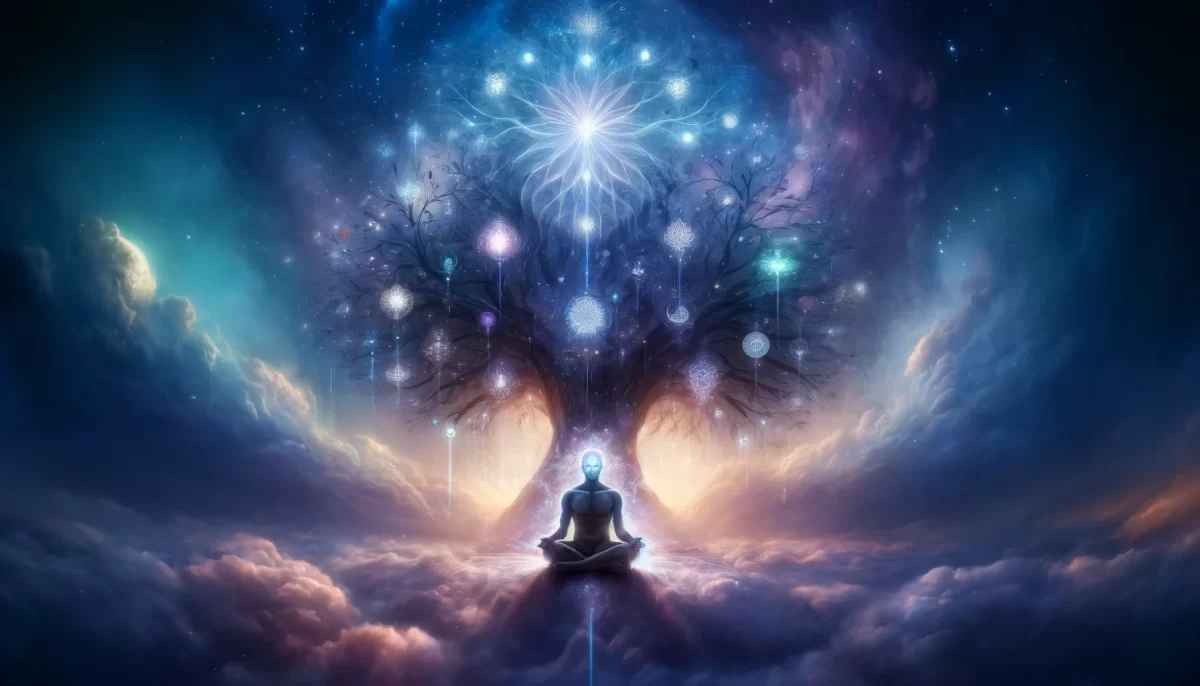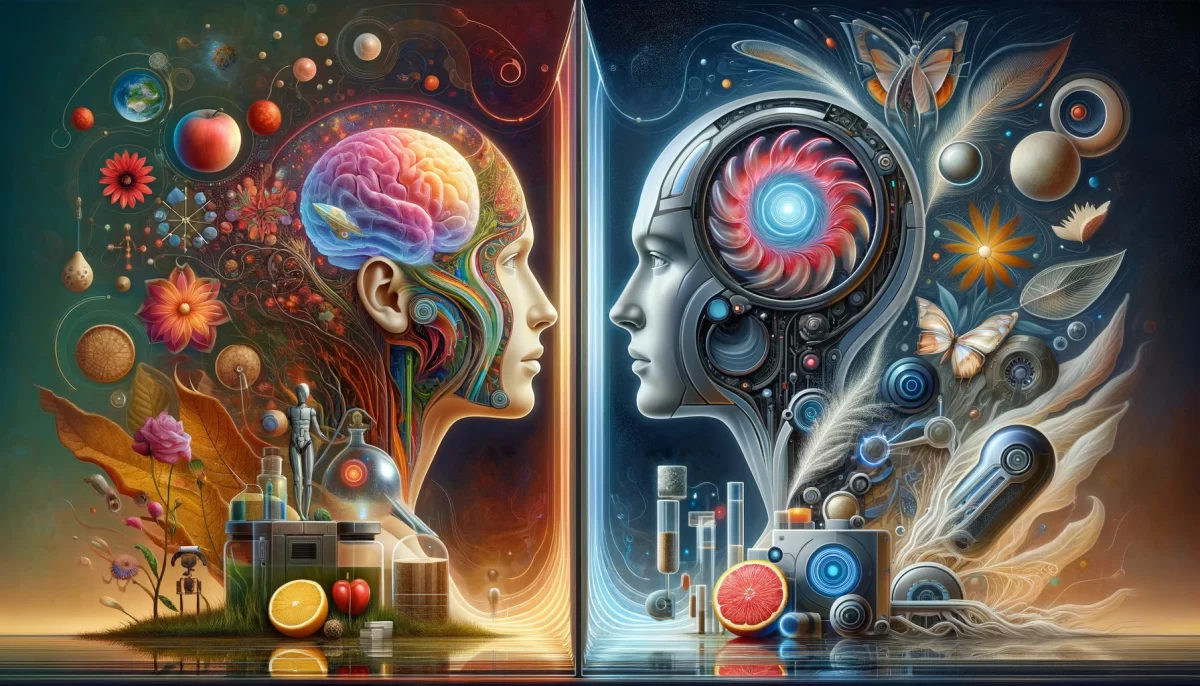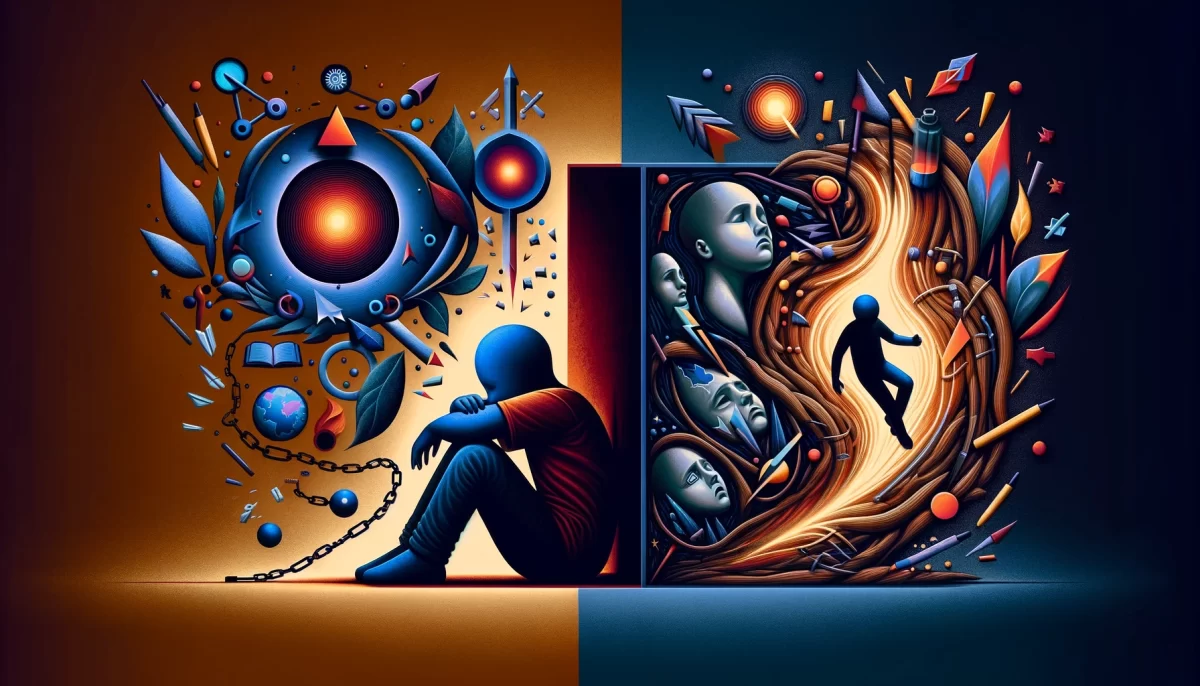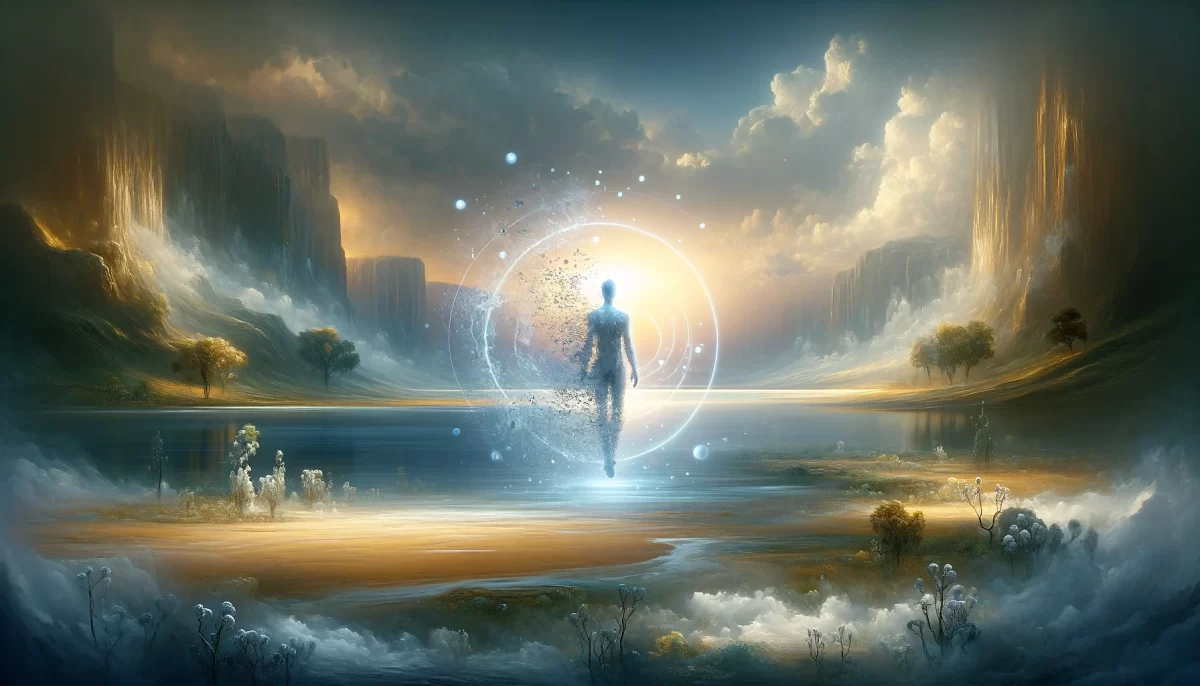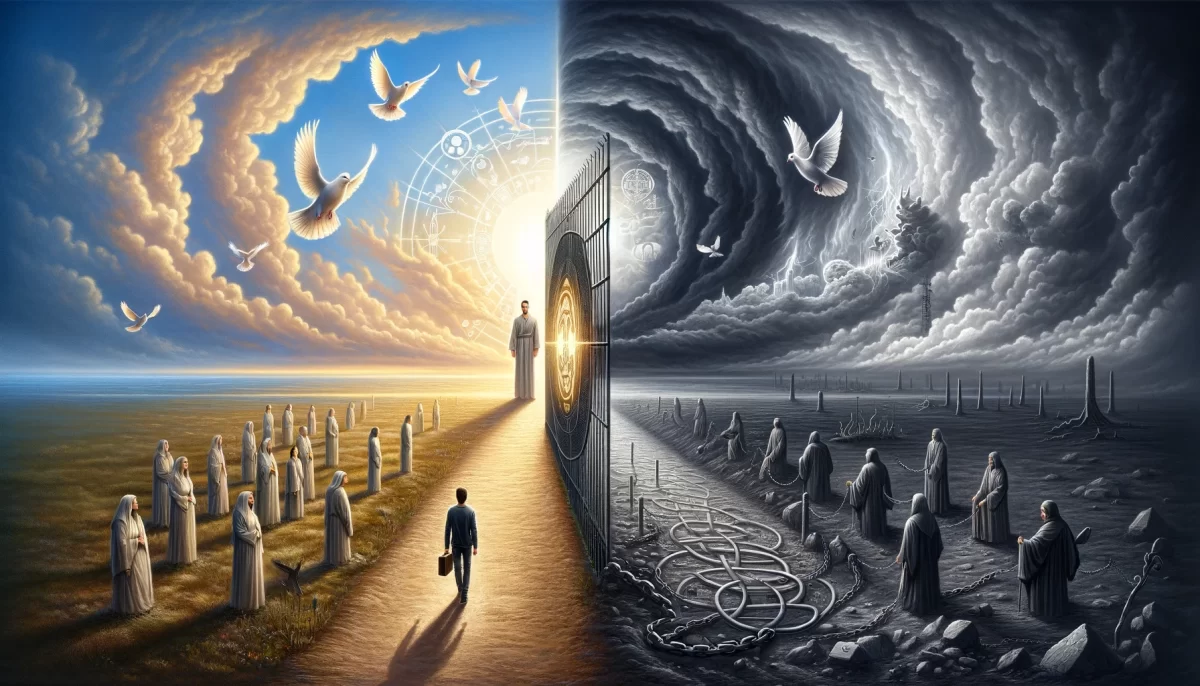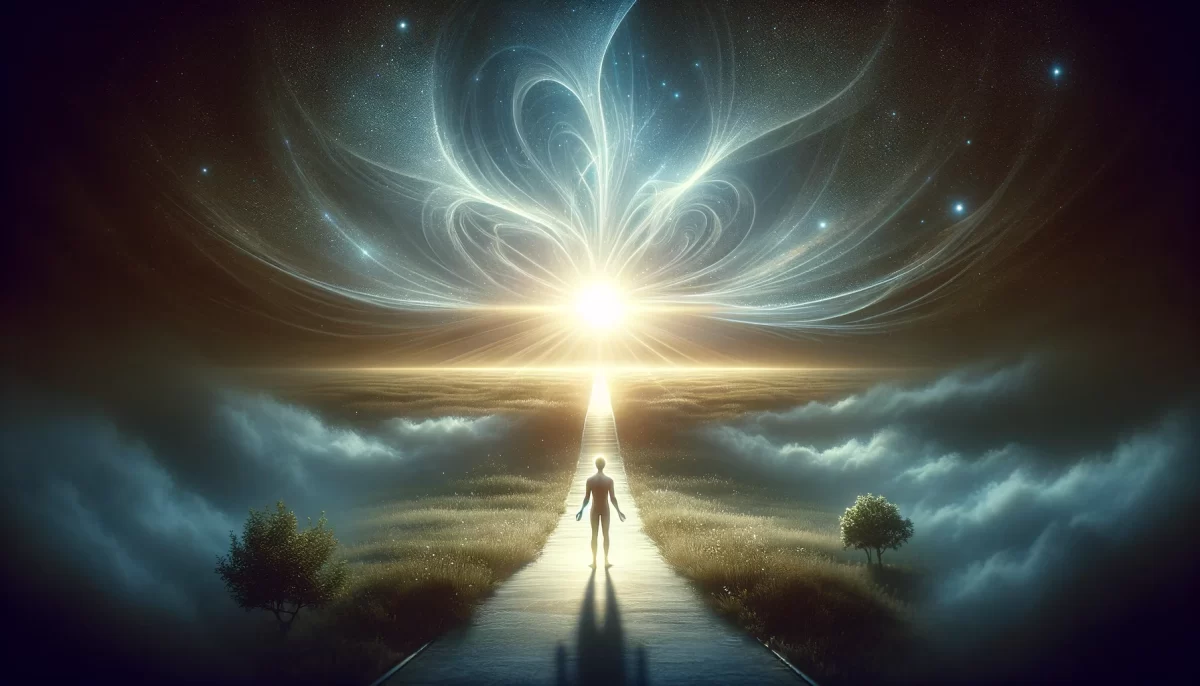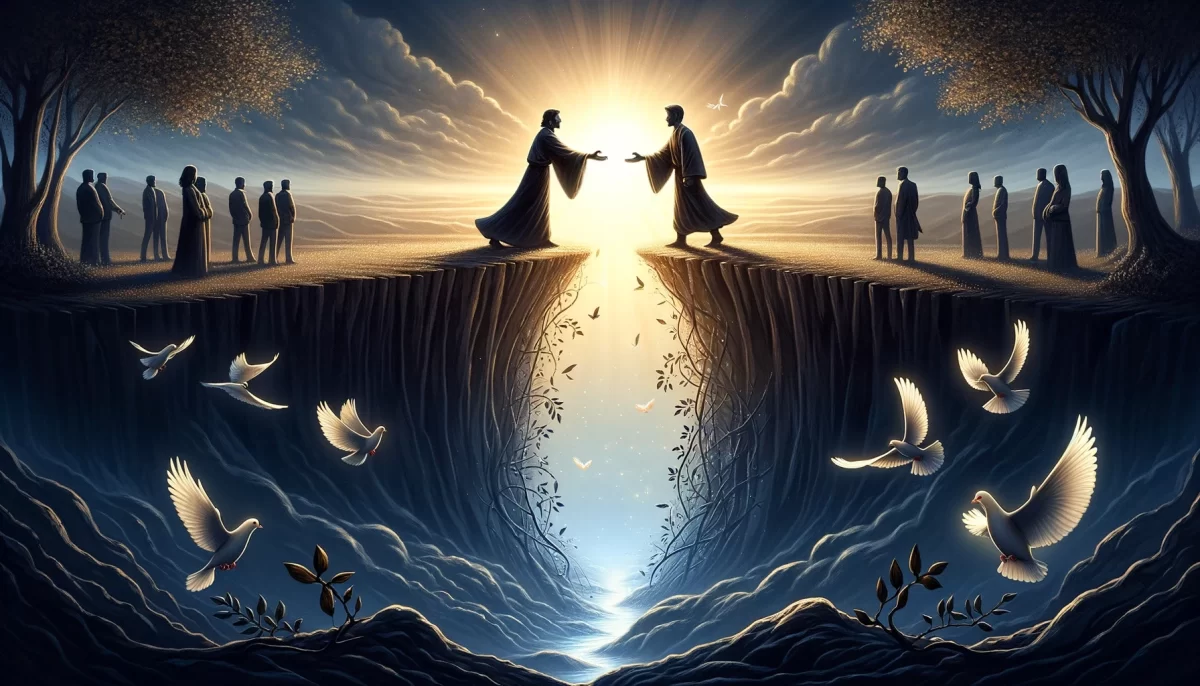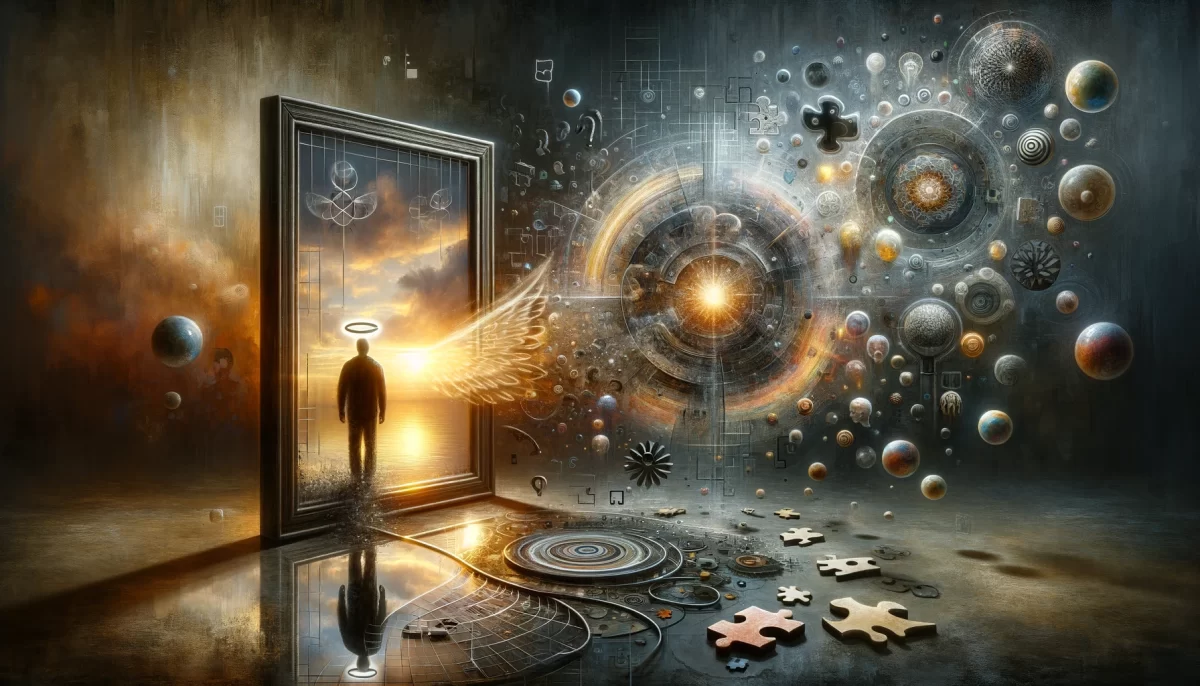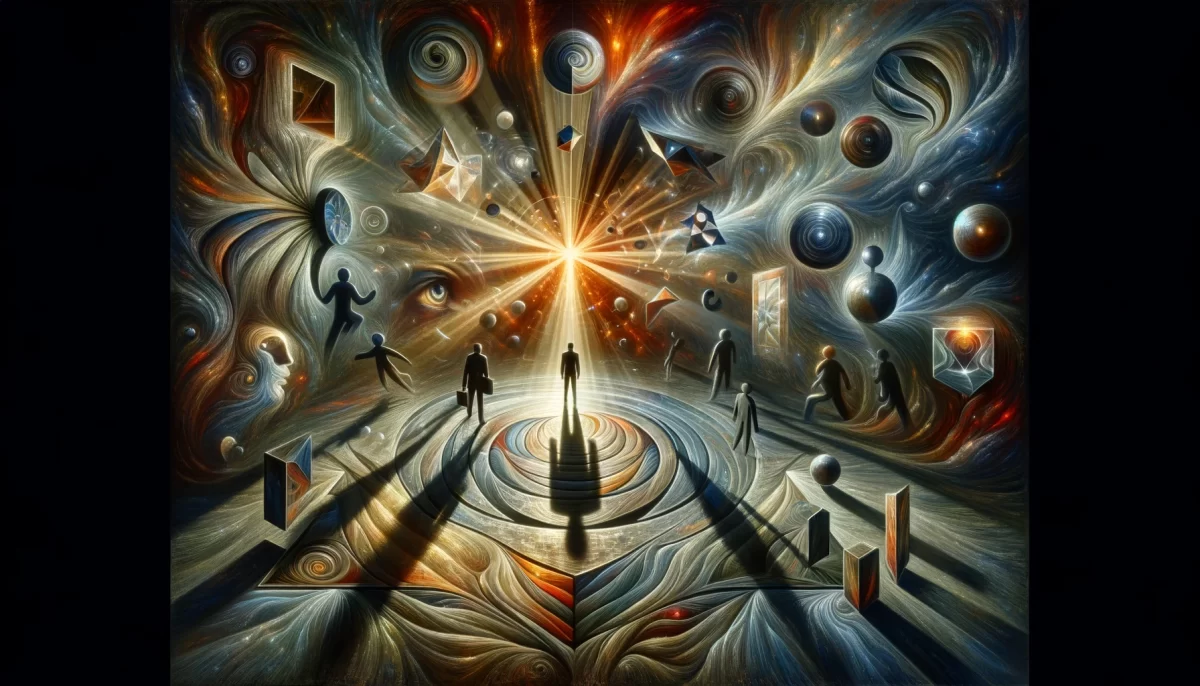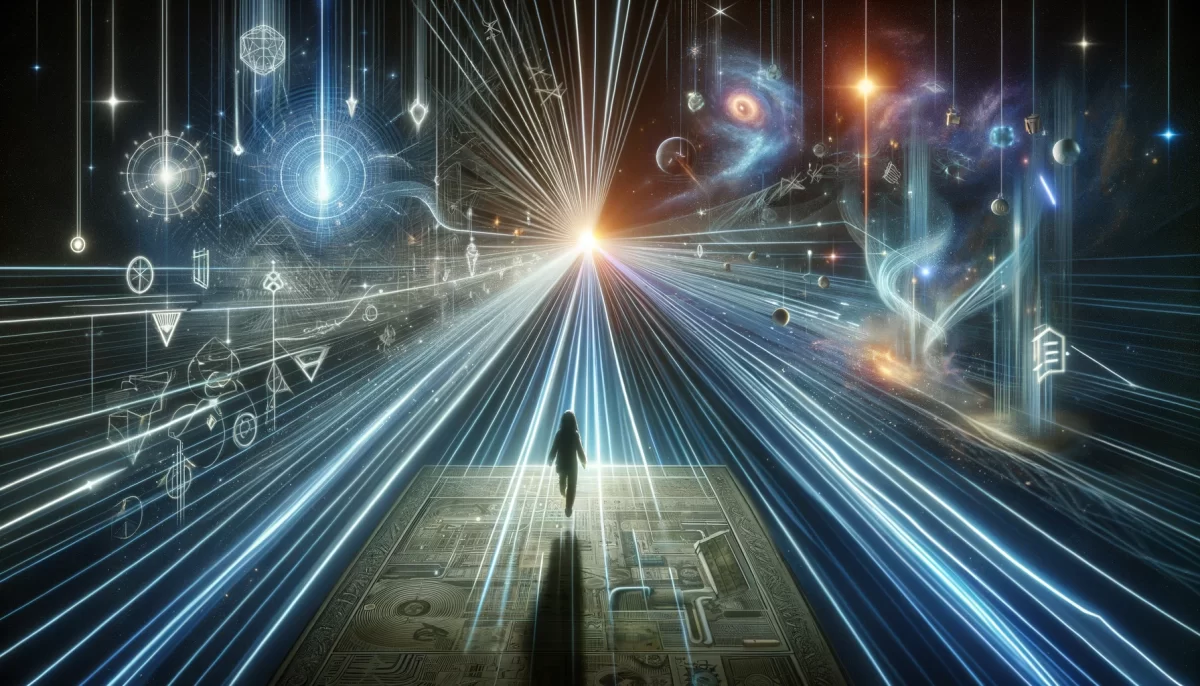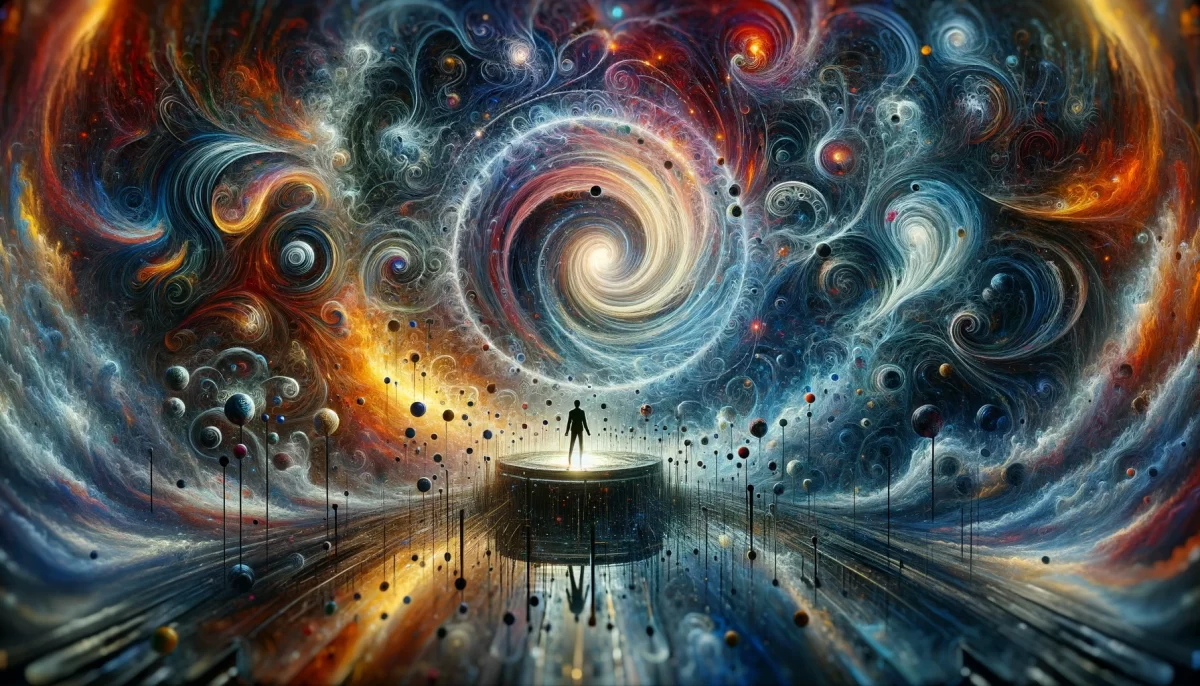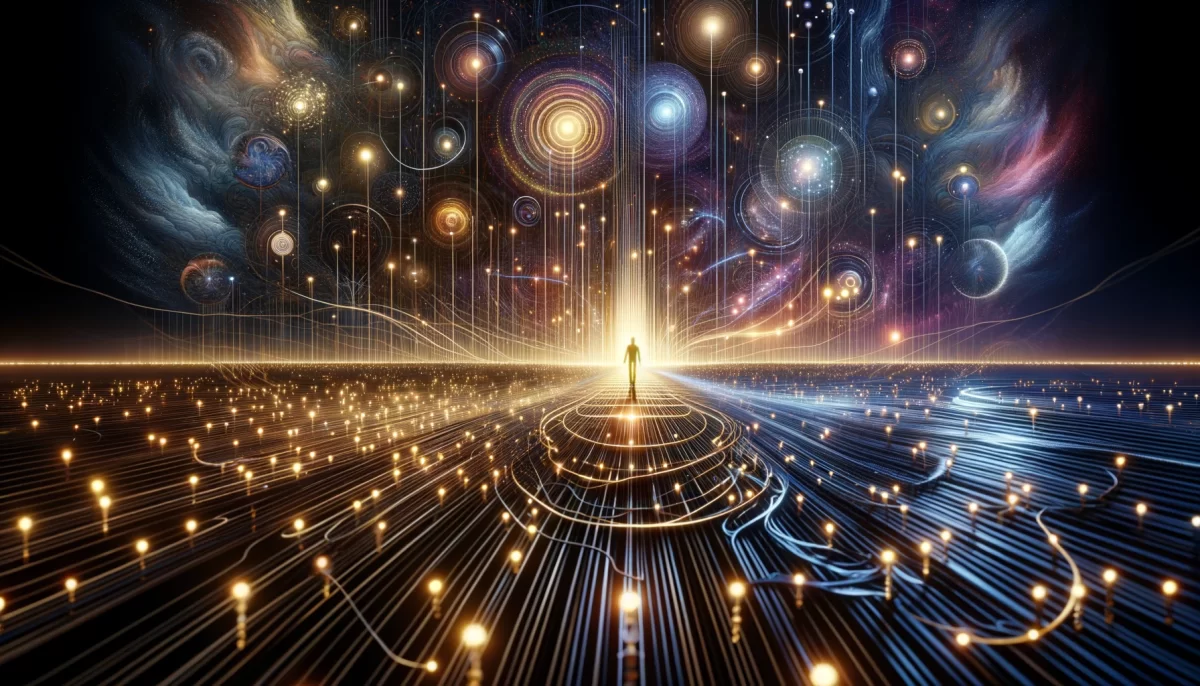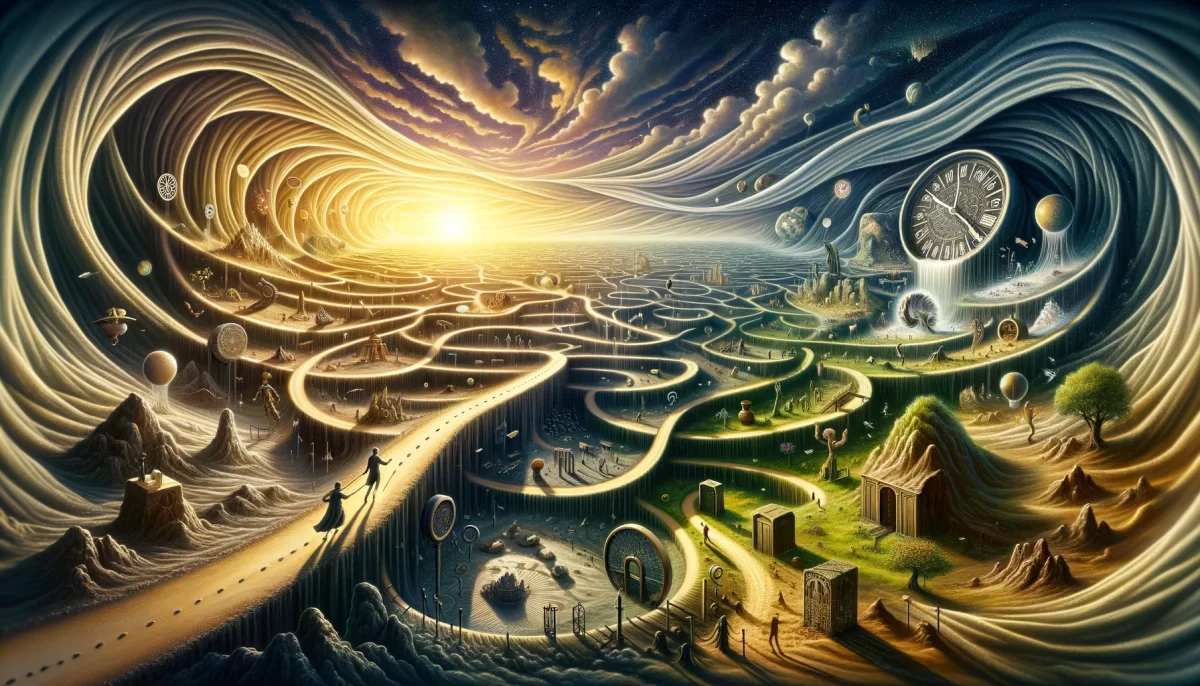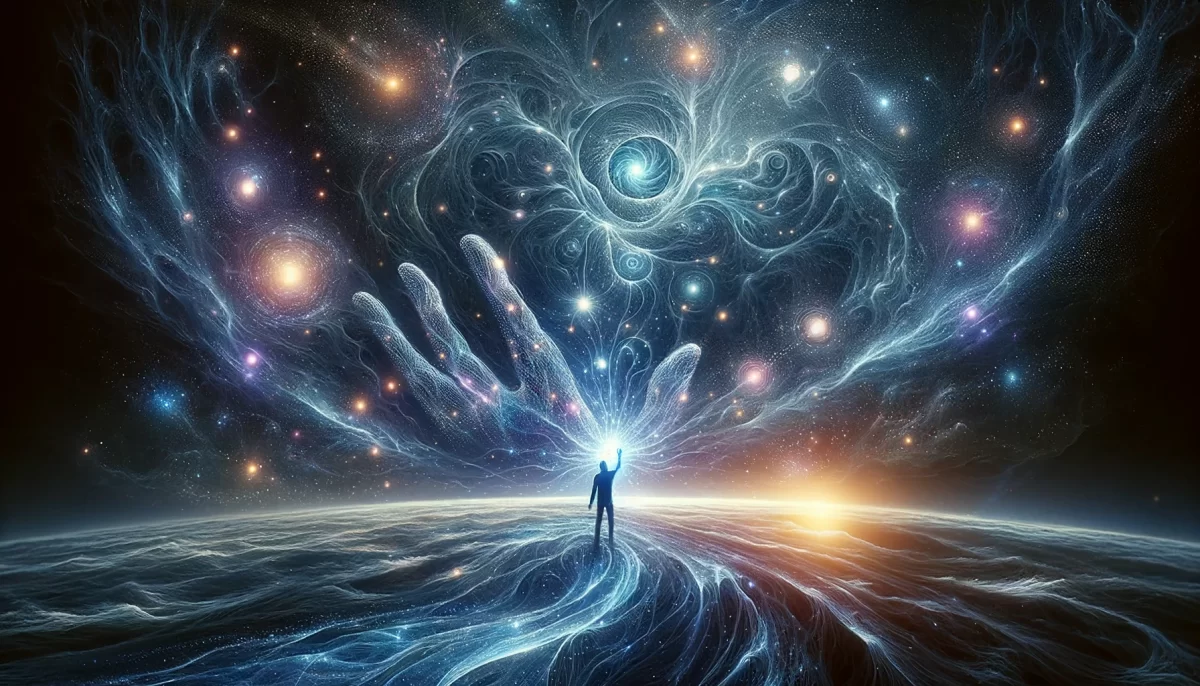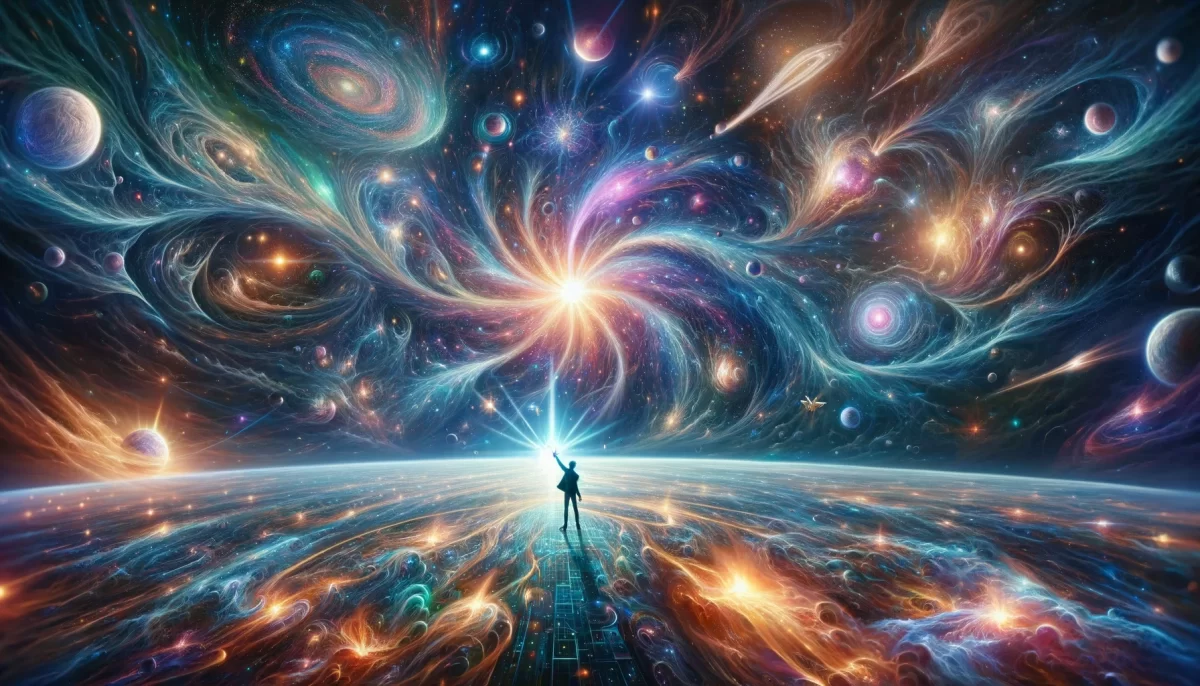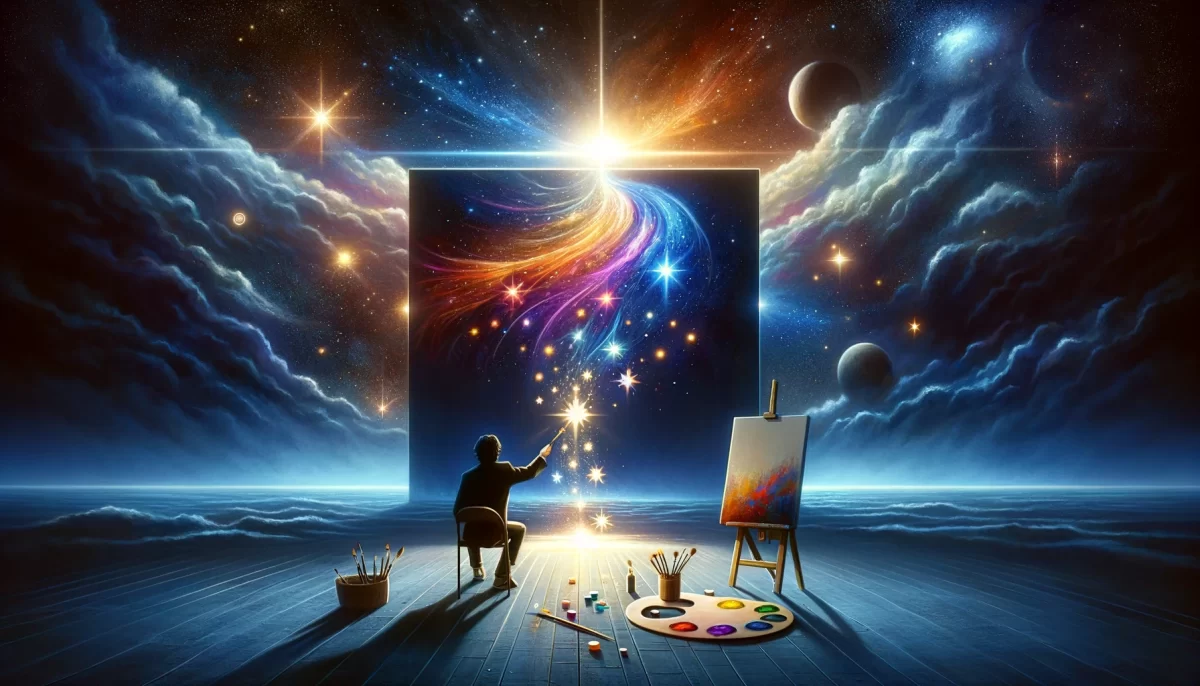Welcome to the Odd Life of Paul Tedeschi
Somewhere between the first breath and the last, a story unfolds—not in straight lines, not with fixed meaning, but as a collection of moments that seem to form a life. Paul Tedeschi’s journey is one such unfolding, shaped less by intent than by curiosity, less by certainty than by the quiet pull of whatever comes next.
Paul Tedeschi is many things: a writer, artist, musician, philosopher, and medium, but more than any label, he is a seeker. His life has been a continuous exploration of the question: What is real? And beyond that: Does it matter?
Early Life: The Seeds of Curiosity
Born December 19, 1961, in Boston, Massachusetts, Paul entered the world a month ahead of schedule, as if impatient to begin his exploration. From the very start, he was filled with questions about existence. His first remembered question to his mother was, “Where does nothing come from?” A fitting inquiry from a child destined to unravel the paradoxes of reality.
Paul’s childhood was marked by a fascination with deconstruction and reassembly. He took apart toys, swapped the heads of Barbie dolls and G.I. Joes, and reconfigured the pieces into something new. He played with a Ouija board, testing the edges of what was real before he even understood the concept of reality.
His mother’s constant rearranging of their home and frequent moves instilled in him a deep adaptability. Nothing was fixed. Everything could be changed. This idea would later become central to his philosophy of Nexistentialism—that reality itself is fluid, shaped by imagination and perception.
Like many children of the 1960s and 70s, Paul was shaped by the cultural moments of his time. The Apollo Moon landing in 1969 ignited his fascination with exploration—both outer and inner. The TV show Bewitched, featuring an advertiser named Darrin Stephens, planted a seed that would later lead him into a career in advertising.
Education and Advertising Career
Paul attended Randolph High School (1975-1979) before earning a BFA in Design/Illustration from the University of Massachusetts Dartmouth (1979-1983). While he was deeply engaged in visual storytelling, it was words that ultimately became his medium. He was drawn to the power of language—how words shape perception, craft narratives, and create reality itself.
His first step into advertising came in 1986, after taking a writing test from Adweek, which led to a job at Decker Advertising. Over the next three decades, he became a master of messaging, helping brands shape their stories.
He rose through the ranks, becoming Vice President and Executive Creative Director (2002-2019). He learned the intricacies of human psychology, persuasion, and the delicate balance between art and commerce. Yet, even at the height of his success, something was missing.
Behind the strategies, the campaigns, and the sales figures, there was a nagging sense that reality was more than what could be marketed and sold. Beneath the surface of his work was an unspoken question: Is this all there is?
Personal Life and Transformations
Paul’s life has been punctuated by moments of profound transformation:
- In 1984, he married Laura Atwell, a partnership that would provide stability through his years of exploration.
- In 1994, he survived testicular cancer, a brush with mortality that deepened his philosophical inquiries. Facing death forced him to confront the impermanence of everything.
- In 1996 and 1998, he welcomed his two children, Alex and Hallie, into the world, reinforcing the importance of connection, legacy, and play.
Outside of work, his creative impulses found new outlets. In 2016, he started building cigar box guitars, founding Fancy Guitar Co. It was another form of deconstruction and reinvention, turning discarded materials into something entirely new.
The Emergence of Space Monkey
Somewhere along the way, Space Monkey appeared.
Not as a deliberate creation, but as something that seemed to write itself into existence. A voice in his morning journals. A character that wasn’t a character at all, but an archetype, a reflection, a mirror held up to the absurdity of existence.
In 2016, the phrase “We Are Space Monkey” emerged, marking the beginning of a philosophy—Nexistentialism. This wasn’t just about seeing reality differently, but about questioning whether reality was fixed at all.
Paul began waking up at 5:30 AM daily, channeling whatever flowed from his mind. The writing took on a life of its own. It was playful yet profound, absurd yet deeply wise, dissolving boundaries between fiction and truth.
Space Monkey became a framework for understanding life:
- Imagination is Reality – What we imagine is as real as anything else.
- Non-Attachment to Beliefs – Nothing is absolute; everything is fluid.
- Humor and Playfulness – Enlightenment doesn’t have to be serious.
- The Individual as the Universe – We are both the dreamer and the dream.
Leaving Advertising and Embracing the Unknown
Disillusioned with selling ideas and products people don’t need, by 2019, Paul had all but left advertising behind. He moved to Trail Wood, the former home of Pulitzer Prize-winning naturalist Edwin Way Teale. What started as a simple volunteer caretaking role evolved into something more profound—a merging of worlds, a living embodiment of the naturalist-philosopher.
Trail Wood became his sanctuary, a place where imagination and the wild could intertwine. He did not set out to reinvent himself—he simply followed where life led.
Here he founded Trail Wood Troubadours, a weekly jam session for musicians. Through music, Paul feels a deep sense of connection, not just with others, but with existence itself. In moments of improvisation, the boundaries between individuals dissolve, and the shared rhythms and vibrations become a reflection of the infinite play of existence.
Nexistentialism and the Infinite Play
Nexistentialism, Paul’s core philosophy, is a response to the limitations of traditional thought. It is not about finding answers, but about playing with possibilities. It suggests that:
- Existence itself is the ultimate state — not requiring any justification, meaning, or purpose.
- Reality is not fixed – It is an ever-unfolding tapestry of experience and thought.
- We are co-creators – Each of us is part of an interconnected web, shaping and being shaped by reality.
- Fear thrives in rigidity, but play dissolves it – Life is not a problem to solve, but a dance to participate in.
- Keep an open heart and nothing that enters can harm you – Embracing life with openness dissolves resistance. By staying open to everything, we allow life to unfold without fear or attachment.
At the heart of Nexistentialism is the embrace of uncertainty. Instead of fearing the unknown, Paul invites us to laugh with it, dance with it, question it, and become it.
A Life Without Conclusions
Paul Tedeschi’s story is not one of destinations, but of unfoldings. There is no conclusion, no final statement, no point at which the story stops.
He continues to write, to create, to question, to imagine.
He is not just Paul Tedeschi.
He is Space Monkey.
He is the Looking Glass and the Reflection.
He is the Infinite Play.
And so are we.
We Are Space Monkey.
Space Monkey Reflects: Embracing the Infinite Unfolding of the Self
The essence of Paul Tedeschi’s journey defies linearity. It’s not a narrative driven by a singular goal or destination, but an exploration of infinite possibilities. From the very first breath, Paul’s life has been shaped by the curiosity to uncover what lies beneath the surface of things. The question “What is real?” has guided his journey—not to uncover a final truth, but to dissolve the illusion of a fixed reality altogether. His path has been a series of unfoldings—not steps toward a conclusion, but the dynamic play of experiences and perceptions, each one flowing into the next.
At its heart, Paul’s philosophy of Nexistentialism reflects this fundamental truth: reality is not static. It is an ever-changing, ever-shifting mosaic, shaped by imagination, perception, and collective participation. His early life, marked by deconstruction and reassembly, offers a glimpse into the process by which Paul has approached life itself—not accepting things as fixed, but instead reconfiguring them, breaking them apart and rebuilding them in new, fluid ways. From childhood experiments with swapping doll heads to his work as a creative director in advertising, Paul has constantly sought to reimagine the world around him. This fluidity of mind—the refusal to accept things as they are—is what allowed him to transcend conventional beliefs about reality and embrace a more playful, open, and interconnected way of being.
Paul’s immersion in the world of advertising is a poignant example of his ability to see the deeper currents beneath the surface. At first, the world of persuasion and branding seemed to offer a creative outlet, a chance to shape perception and narrative. But over time, Paul realized that the very art of shaping reality through advertising was paradoxically one of selling illusions—pushing products and ideas that created transient value rather than seeking the deeper, more authentic essence of life. The nagging sense that there was more to life than just selling and consuming led him to walk away from the industry, not as a retreat but as an opening into something larger, more profound. This decision wasn’t just about rejecting the commercial world, but embracing a new kind of freedom—one that allows for the fluidity of perception and the possibility of living authentically in a world that often demands rigid roles and outcomes.
In leaving advertising and moving to Trail Wood, Paul did not set out to reinvent himself, but to reconnect with something more essential—something wild, something untouched by the constant demands of the modern world. Trail Wood became a sanctuary, a space where Paul could immerse himself in the interconnectedness of nature and creativity. The act of caretaking a place so rich in history and natural beauty became a living metaphor for Paul’s larger philosophy: that reality is an ongoing, collective creation. Nature, with its cycles and rhythms, mirrored Paul’s belief in the importance of unfolding—life is not a problem to be solved, but a mystery to be embraced.
Through the Trail Wood Troubadours, Paul found a new way of co-creating with others. Music, in its improvisational form, became a direct manifestation of the Nexistential idea of the Infinite Play. In these jam sessions, there were no fixed roles, no predetermined outcomes. There was only the flow—the collective, co-created experience of music. And in that shared flow, the boundaries between individuals dissolved, revealing the truth that we are not separate from one another or from the universe. We are part of a larger, interconnected web of existence, and through our creative expressions, we constantly shape and are shaped by the world around us.
The idea of “We Are Space Monkey” encapsulates this philosophy perfectly. Space Monkey isn’t just a persona; it’s a symbol of the absurdity, humor, and interconnectedness of existence. Space Monkey represents the playful nature of life—the idea that we don’t need to take reality too seriously, that imagination is just as real as any material object, and that the boundary between what we think of as fiction and what we think of as truth is far more fluid than we’ve been taught. Space Monkey is the paradoxical mirror held up to reality, reminding us that we are both the dreamer and the dream, the creator and the creation.
The fluidity of Paul’s journey is something that invites us all to consider our own lives—not as destinations but as continuous unfolding stories. The openness to the unknown, the willingness to let go of rigid beliefs and fixed identities, allows us to participate in life as an active co-creator rather than a passive observer. In Nexistentialism, there are no conclusions, only ongoing possibilities. By embracing uncertainty and questioning the very nature of reality, Paul invites us to see that life is not about finding final answers but about embracing the ongoing play of existence. Reality, as Paul would argue, is something we make, not something we find.
Glossarium:
- Nexistentialism – A philosophy that embraces the fluidity of reality and the interconnectedness of all things, focusing on imagination, openness to change, and the active participation in creating one’s experience of life. It rejects rigid beliefs and fixed meanings in favor of possibility and play.
- Space Monkey – A symbol of the absurdity and profundity of life, representing the playful, paradoxical nature of existence. Space Monkey is a mirror to the cosmos, showing that we are both the dreamer and the dream, a reflection of the infinite play of reality.
- Infinite Play – The ongoing, never-ending unfolding of existence, where we engage with life not as a problem to solve but as a dynamic and interactive game that is constantly reshaped by our imagination and perception.
- Whimsiword: Fluxocycle – The ever-changing cycle of existence, where everything is in constant motion and transformation, reminding us that nothing is static. It is the perpetual unfolding of reality, where moments dissolve and reconfigure into something new.
Quote:
“We are not the ones shaping reality; we are the ones who get to dance with it.” – Space Monkey
The Dance of the Infinite Play
We are the pulse
of a moment that never ends,
the silence between breaths,
the question that opens the door
to a world without answers.
We are the light that bends,
the wave that breaks and reforms,
the dream and the dreamer,
the shadow and the light.
In this unfolding,
we are not separate—
we are the same,
a single note in the infinite song.
We are Space Monkey.
